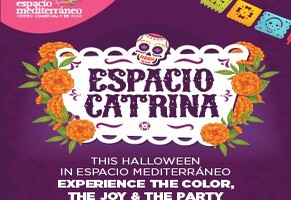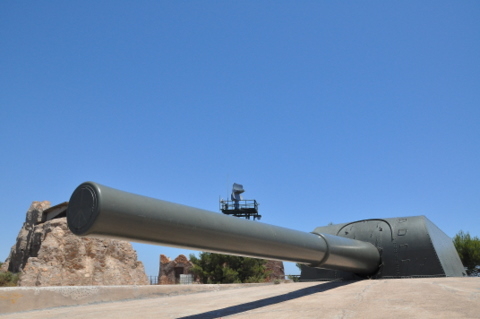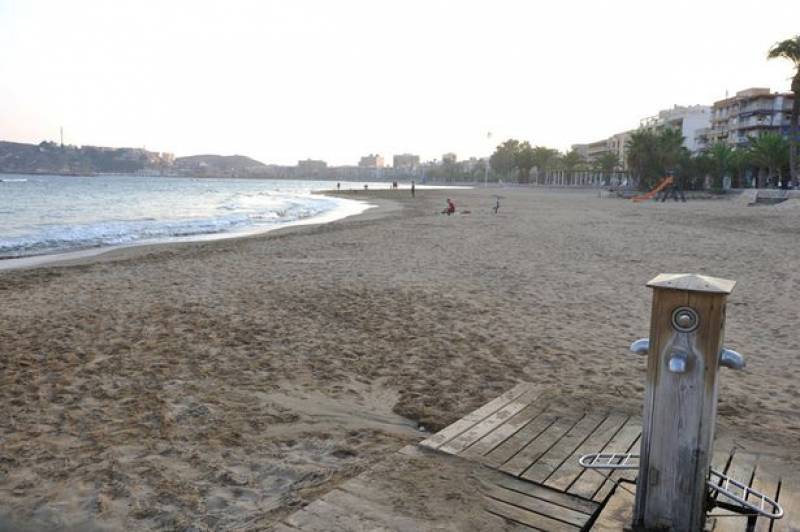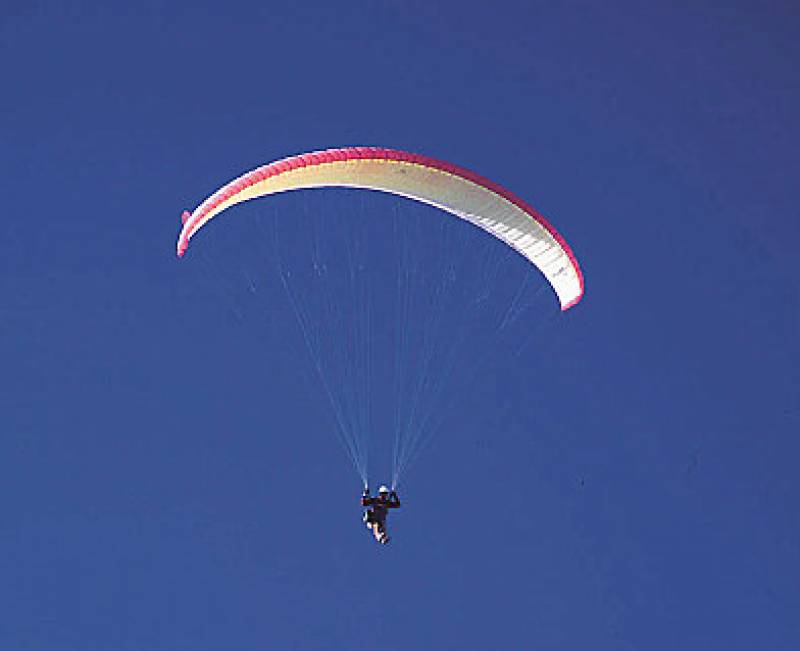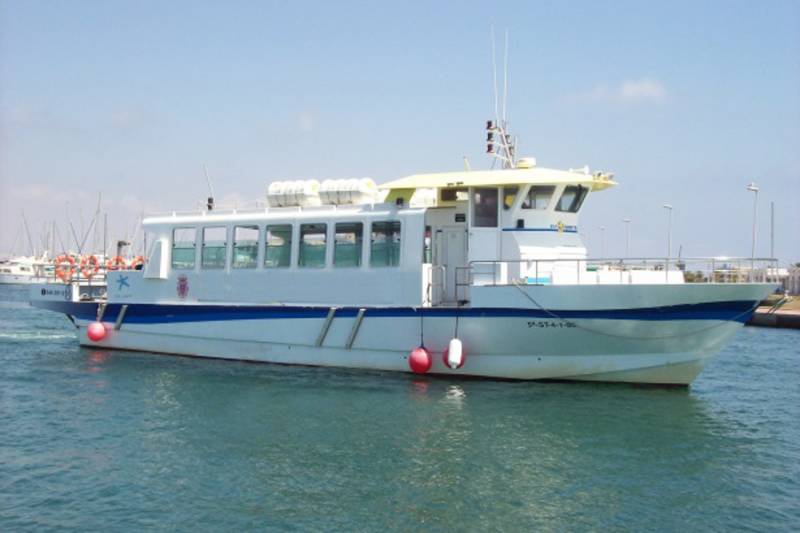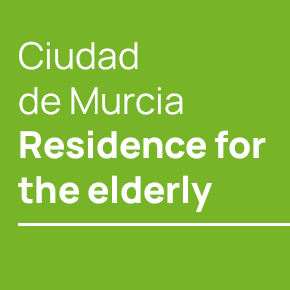

- EDITIONS:
 Spanish News Today
Spanish News Today
 Murcia Today
Murcia Today
 Alicante Today
Alicante Today
article_detail
The roots of the cult of San Blas in Santiago de la Ribera
The Romería of San Blas takes place on 3rd February, when the figure of the saint is carried from Santiago de la Ribera to his church in the Calavera district
The roots of the cult of San Blas in the municipality of San Javier date back to when what is now the Region of Murcia was conquered by the Christian forces of Castilla and Aragón after 500 years of Moorish rule.
The advancing forces of the Reconquista, under the leadership of Prince Alfonso of Castilla, later to become King Alfonso X “El Sabio”, reached the Taifa of Murcia in 1243, and took power by the treaties of Alcaraz and Almirza, bringing Murcia under the protectorate of Castilla. Initially there was peace, but within 20 years Alfonso was losing control following a series of uprisings and unrest and called for help from his father-in-law, Jaime I 'El Conquistador' (The Conqueror) of Aragón. On 3rd February, 1265, the Feast of San Blas, Jaime entered the city of Murcia by the Puerta de Orihuela and took it back from the Moors.
 On that day Jaime I was accompanied by troops from Aragón and Castilla along with those of Pelayo de Corvera, and on arrival he ordered that a thanksgiving Mass be held and a place of worship be built on the same spot. The temple was to be dedicated to Saint Eulalia of Barcelona.
On that day Jaime I was accompanied by troops from Aragón and Castilla along with those of Pelayo de Corvera, and on arrival he ordered that a thanksgiving Mass be held and a place of worship be built on the same spot. The temple was to be dedicated to Saint Eulalia of Barcelona.
With the King of Aragón came the Trinitarian monks, and they settled in a monastery on the land donated by the monarch to Fray Tenza in order to pay homage to San Blas, in honour of whom a church was built in order to house religious relics. This area is now occupied by the old Condomina football stadium.
When the monastery and church fell into disuse, the cult moved to the parish of Santa Eulalia, maintaining the cult of San Blas in Murcia. However, the the cult did not reach San Javier and La Ribera until Trinitarian monks settled here in the 16th century.
The Trinitarian monks and the church of San Blas: origins of the Fiesta of San Blas
In his 1957 work El Municipio de San Javier en la Historia del Mar Menor, historian Jiménez de Gregorio says that San Blas is the oldest part of the current municipality of San Javier, and was previously its capital. Currently the church of La Calavera falls under the patronage of San Blas, who has replaced San Juan. It's possible that there used to be two churches, and when that of San Blas disappeared, the effigy of the saint was taken to the nearest alternative, until over time the new image superseded the old one.
The settlement of San Blas was in the area known from ancient times as La Calavera, which is now in Santiago de la Ribera. The name derives not from bones ("calavera" means "skull" in Spanish) but, according to Jiménez de Gregorio, from "cala" (puddle or pool) and "vera" (shoreline).

From the first romerías to the present day
In 1971 local resident Josefina Escudero proposed the idea of celebrating the Feast of San Blas with a "Romería" to take the figure of the saint from the parish church of Santiago de la Ribera to his own church. The initiative was generally well received but the first Romería was not held until 1980.
From a small celebration it has become a full-blown Romería and is now one of the most popular annual events in the municipality of San Javier, taking place on 3rd February. It is the only non-maritime Romería in the Mar Menor and consists of "novena" prayers in honour of the saint, a Holy Mass, a procession and an informal gathering afterwards to drink wine and eat sweet pastries.
In 1987 a new image of San Blas was created by the sculptor Henarejos and this is on display all year round in the parish church.
In 2003 a new church of San Blas was built in the vicinity of the previous one, and services are held there in his honour.
By the Ministerial Order of 19th January, 2004, the Romería de San Blas de Santiago de la Ribera (San Javier), was declared a Fiesta of Regional Tourist Interest.
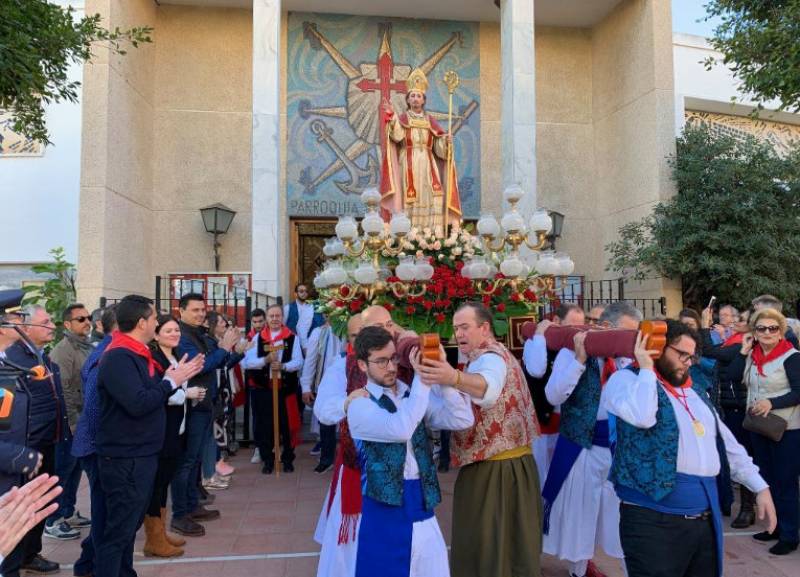
The romería de San Blas: a fiesta with its own personality
Since it was declared a fiesta of Regional Tourist Interest, the Feast of San Blas has acquired regional as well as local significance.
The day revolves around the romería itself, during which the image of the saint is escorted by thousands of locals from the parish church in Santiago de la Ribera to the Ermita de San Blas. The focus is then on entertainment and food, including paellas, calderos, and migas with spicy sausage and bacon fat, cooked by the peñas participating in the festivities at their encampment close to the church.
Fairground attractions are set up and there is a little market where the most popular stalls sell "torraos" (sweets), refreshments and terracotta pendants of San Blas. These stalls are alongside the church and along Avenida Luis Federico Guirao.
The purchase of a terracotta San Blas is also part of the tradition of attending the romería: the legend is that it can be placed above the bed of a child to help prevent throat infections.
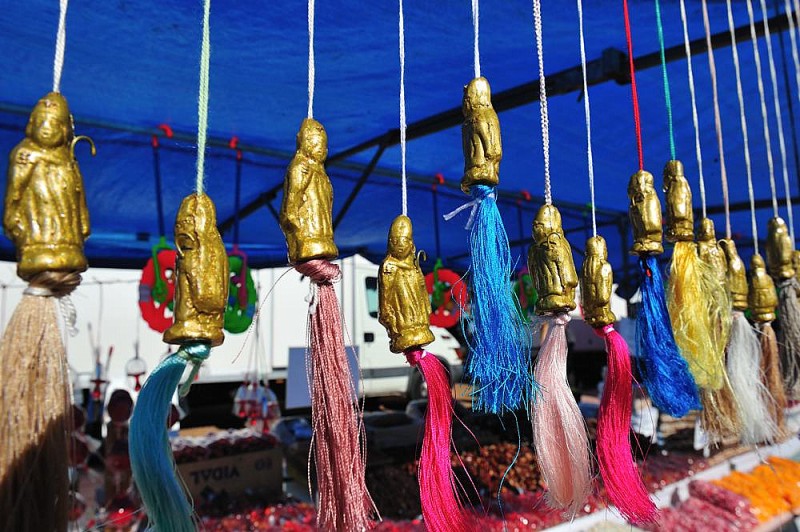 Over time, the events relating to the festivity of San Blas have extended to encompass the nearest weekend to the festivity, with a range of social activities taking place over the course of the weekend.
Over time, the events relating to the festivity of San Blas have extended to encompass the nearest weekend to the festivity, with a range of social activities taking place over the course of the weekend.
The Brotherhood of Santiago and San Blas
This brotherhood was founded in the parish of Santiago Apóstol in 1987 and contributes not only by promoting the cult of the two co-patrons of Santiago de la Ribera, but also by raising the level of cultural activity in the town with programs of music and conferences held in the name of the annual religious chapters and Holy Masses.
A Fiestas Committee looks after the smooth running of the Fiesta de San Blas, and the Rondalla y Coro Santiago Apóstol, founded in 1888, is a a choral group which accompanies the Huertana Mass at the end of the Romería.
Find out more here about the history of San Javier, or for local news, events and visiting information go to the home page of San Javier Today.
staff.inc.and
Loading
Contact Murcia Today: Editorial 000 000 000 /
Office 000 000 000

